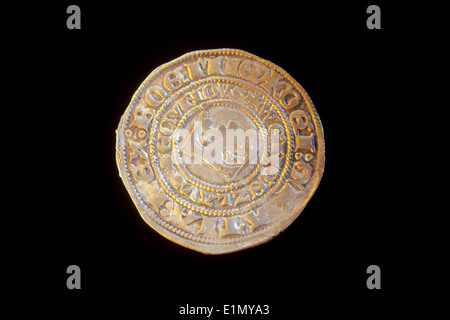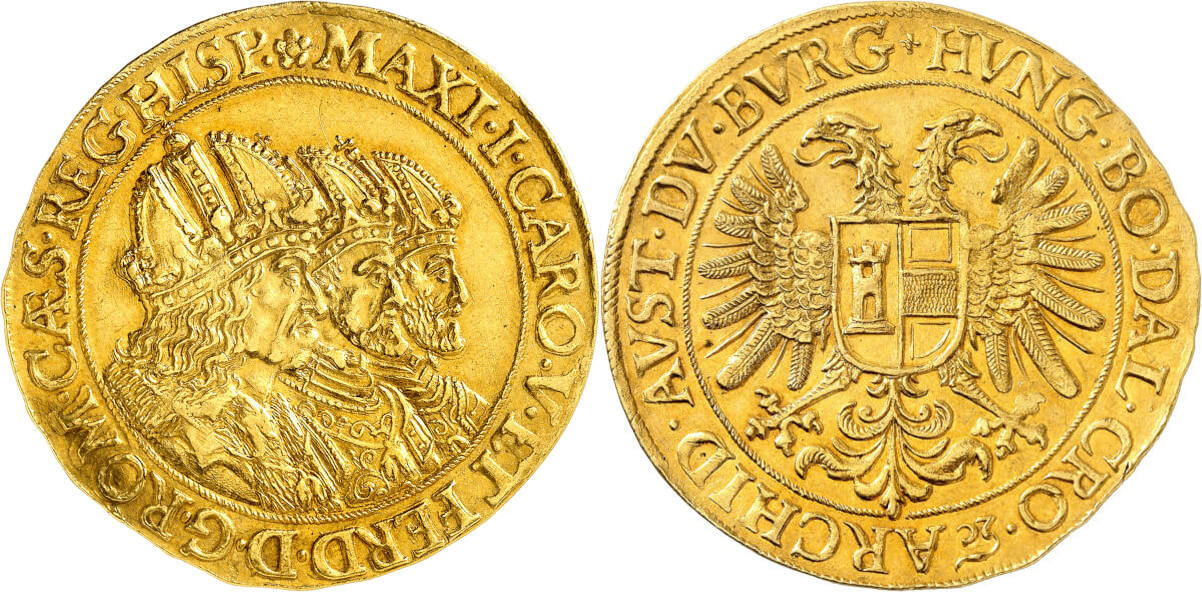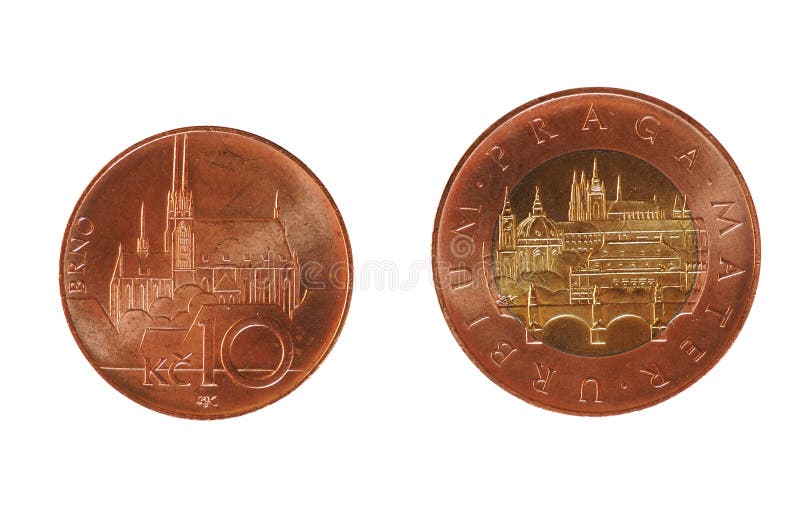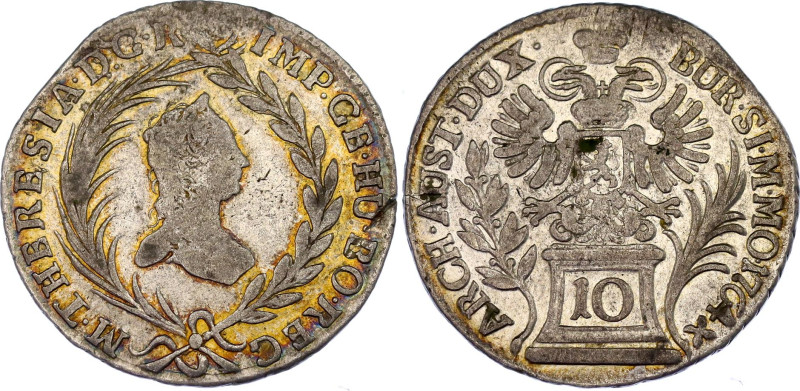Good Tips On Plaster Prague Mint Coins
Wiki Article
What Are The Artists' Methods Of Designing Gold Medals And Coins?
Artists employ various techniques to create sketches and designs for gold coins or medals, adapting traditional methods or utilizing digital tools for visualizationHand-Drawn Sketches
Sketches using pencils and pens Artists begin by drawing on paper using pencils and pens. These initial sketches assist in conceptualizing and planning the design, layout, and style of the coin.
Detail Rendering - The artist improves his initial sketches by adding additional details, defining the contours and improving the composition. This could require several variations to get the desired appearance.
Inking or Tracing- When satisfied with the pencil sketch then the artist can ink the final design to give a clearer, more precise outline. In this stage the artist is likely to trace the sketch onto a blank sheet or tracing sheets.
Add depth and shading - Artists use shading techniques to create a more realistic design and realism or to draw attention to certain elements of the coin's or medal's appearance.
Digital Design Creation
Graphic Design Software- Artists proficient in digital design use software such as Adobe Illustrator, Photoshop, or specialized 3D modeling programs. They design the coin or medal digitally with tools for precision and scale.
Vector Graphics. Digital designs are typically designed in vector format, that allows they to be scaled with out losing their quality. This allows the design to be scaled for various coin sizes, while maintaining its clarity.
3D Modeling - Artists who have advanced skills can employ 3D modeling software to visualize the design of a coin or medal in three dimensions. This gives a more accurate depiction of the final design, and lets you better comprehend the way it will appear.
Visualization and rendering - Artists can render the digital image to simulate the appearance or the coin's final appearance, using different designs, textures, or effects.
Utilizing hand-drawn or digital techniques requires an intense concentration on the finer specifics, artistic talents and an understanding and appreciation for technical limitations. Artists can select a technique that is best suited to their experience or client's demands, or aesthetic preferences. Follow the recommended drawing Czechoslovakia gold coins more tips. including gold buffalo, coin gold price today, small gold coins, gold and bullion, 1 10 oz gold eagle, online silver buying, bullion dealers, gold apmex price, 24k gold bullion, cost of silver coin and more.

What Can Laser Technology Do? Used To Refine Gold Coins And Medals"Die" Surfaces?
Laser technology is employed in the production of master hubs or dies for gold medals or coins to obtain precise detail and refine the surface for greater precision. This is the way laser technology can be utilized to achieve this: Surface Refinement
Laser technology can be used to refine the surface after initial cutting. It can be used to smooth out imperfections, remove burrs or make minor adjustments to irregularities.
Detail Enhancement-
Laser ablation, or laser engraving techniques, are employed to improve or increase the complexity of features on the hub master and die. Lasers are able to precisely cut or etch materials in order to produce intricate patterns and fine lines which are hard to achieve using traditional machining.
Microstructuring-
Laser microstructuring creates microscopic features and textures on the surface die. This technique can impart patterns or textures that improve the appearance or security features or medals or coins.
Treatment or surface hardening
In some cases, laser technology is employed to treat or harden the surface of the master hub. This procedure can increase the wear resistance and durability of the material, and ensure long-term durability of the die during the process of striking.
Precision Modifications
Laser technology allows for precise alterations or corrections on the die or master hub without affecting the overall geometrical. This allows modifications to be made to the surface, addressing any flaws or defects that might affect the quality of the struck medals or coins.
Controlled Materials Removal
Laser ablation eliminates materials with precision, especially when the finer details need to be defined or adjusted. It's a non-contact technique for removal of material that preserves the integrity around the region.
Laser technology is used to improve details and to refine dies. This results in improved surface quality and accuracy. It's a perfect complement to traditional machining and allows for precise manipulation of the surface characteristics of dies that are critical for striking gold coins or medals. Have a look at the top laser processing Czechoslovakia gold medals website recommendations. including cost of a gold bullion bar, 1 oz gold coin, $50 gold piece, cheerios sacagawea dollar, 1 0z gold price, gold panda coin, gold angel coin, 2000 sacagawea, purchase gold coins, sacagawea gold dollar and more.

Why And How Are Some Surfaces, Such As The Matte Or Textured Surfaces, Made Using Sandblasting?
This method can be used to creating specific textures or finishes like matte, textured, or patterned surfaces, for the surface of medals or coins. What is the reason and how do we use this method?
Surface Preparation: The coin is placed in a cabinet or a chamber fitted with an air compressor as well as the sprayer. The chamber is able to be sealed to keep the abrasive substance that is used in the process.
Abrasive Material Select- Abrasive particles such as glass beads, aluminum oxide silica carbide and sand are hurled at high velocity on the surface.
High-Pressure propulsion - Abrasive particles can be launched onto an object with compressed gas or a different high-pressure system. The finish or texture will be determined by the force and speed with which the particles strike the surface.
Texture Creation - The impact of the abrasive particles on the surface results in a textured or matte appearance, by altering the surface's topography. This is used to create a smooth surface or to create a rough texture in certain areas.
Controlled Application - The intensity length, duration, angle and application can be adjusted to produce various textures or surfaces. Different abrasives can be used to achieve different results.
Sandblasting: Why is it necessary?
Texture variations- Sandblasting allows the creation of different textures or surfaces such as mattes, frosted or rough surfaces. This creates an aesthetic appeal and adds unique characteristics for the coins or medals.
Aesthetic enhancement- Sandblasting can alter the surface appearance by diffusing light and reducing shine. This could enhance the appeal of the coin. Matte surfaces, such as those that reduce glare, can highlight specific design details.
Anti-Glare Properties - The textured or matte finishes that are created by sandblasting decrease reflectivity and glare, which makes metals and coins more pleasant to look at and more attractive.
Sandblasting Creates Contrasting Design Elements - Sandblasting creates a contrast between the texture and polished areas on the medal or coin, emphasizing certain design features or adding visual depth.
Sandblasting is a fantastic way to customize and make distinctive designs. It lets you make your mark artistically and create coins and medals with various styles and textures.
Sandblasting, a versatile method employed to create different designs and finishes for the surface of coins or medals. It improves the aesthetic appeal, visual appeal, and overall design. Have a look at the recommended sandblasting Czechoslovakia gold medals website advice. including euro coins, gold sovereign coins, gold coins coin, 1 0z gold, gold bullion coins, old coins, bullion gold bars for sale, american gold eagle, one ounce gold bullion, apmex gold coins and more.

What Is The Process By Which Gold Medals And Coins Go Through Quality Checks To Make Sure They Are In Compliance With Specifications??
Gold coins and gold medals must undergo quality checks following minting in order to ensure precision, surface quality, and conformity to the specifications. The quality checks are comprised of many stages.
An experienced inspector inspects every award or coin for surface imperfections or flaws. They check for marks, scratches, discolorations, or irregularities that could affect the coin's appearance or value.
Weigh and Dimensions
Every coin or medal is weighed and measured to ensure that it meets the specifications for dimensions of weight and diameter, thickness, and overall dimensions as per the design specifications. Any deviations could indicate a problem with the quality.
Metal Purity, Composition and composition
Quality checks include determining the gold content or purity of coins or medals by using various methods like chemical or XRF analysis. They must meet gold quality and content requirements.
Edge Inspection
The inspectors inspect the edges to look for any irregularities, consistency and the reeding. Edges are an important element to be incorporated into security features as well as other design elements.
Strike quality
To assure consistency, the quality of the strike is analyzed for sharpness, clarity and the relief of design elements and the overall appearance.
Minting and proofing errors
An in-depth examination of special edition or proof coins is conducted to find any flaws, errors or discrepancies in the production process that might affect their value as collectibles.
Packaging and presentation
Packaging and presentation are also subject to quality inspections. This guarantees that coins and medals are stored correctly, or displayed in cases or holders, free of damage or contamination.
Random and Sampling Checks
Random sampling or random checks are performed on each batch to ensure that quality standards are consistently maintained throughout the entire minting process.
Documentation and Compliance
The documentation is kept of all quality checks to ensure compliance with guidelines, standards and certification standards. These records provide proof of the authenticity and quality of the product.
Rejecting non-conforming pieces-
Rejecting coins or medals that don't meet quality standards is a smart way to ensure the quality and integrity of the product.
The thorough quality checks are carried out by certification and mints to ensure that gold coins or medals meet standard of quality, appearance and accuracy. This provides assurance to collectors, investors and consumers about their quality and authenticity. View the recommended Prague Mint gold medal quality control more advice. including gold dollar, ngc grading, gold apmex price, 5 dollar gold coin, gold quarter 2000, double eagle gold coin, 1oz of gold, price of gold 1 oz today, medal gold medal, british sovereign gold coin and more.
